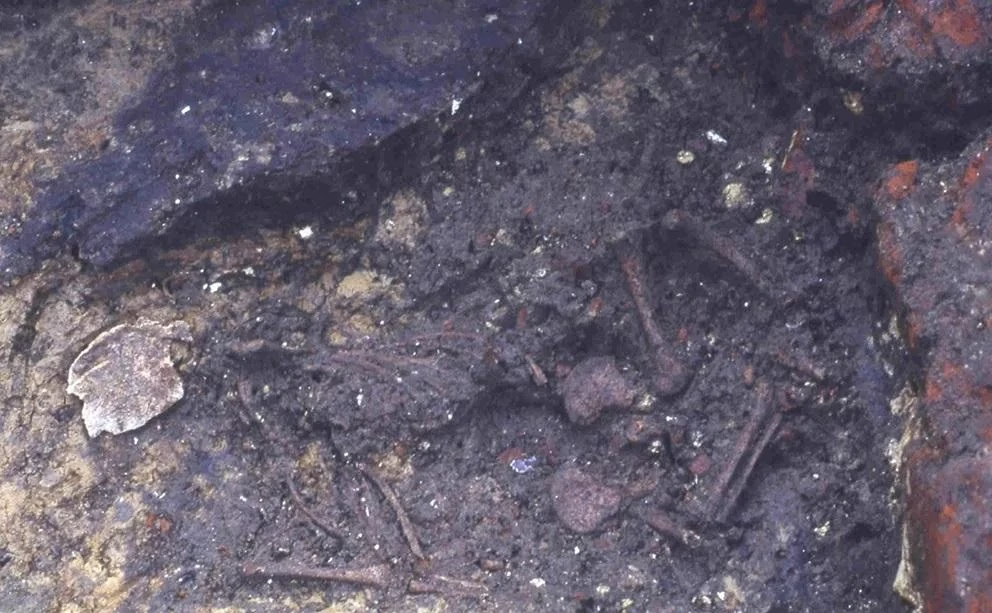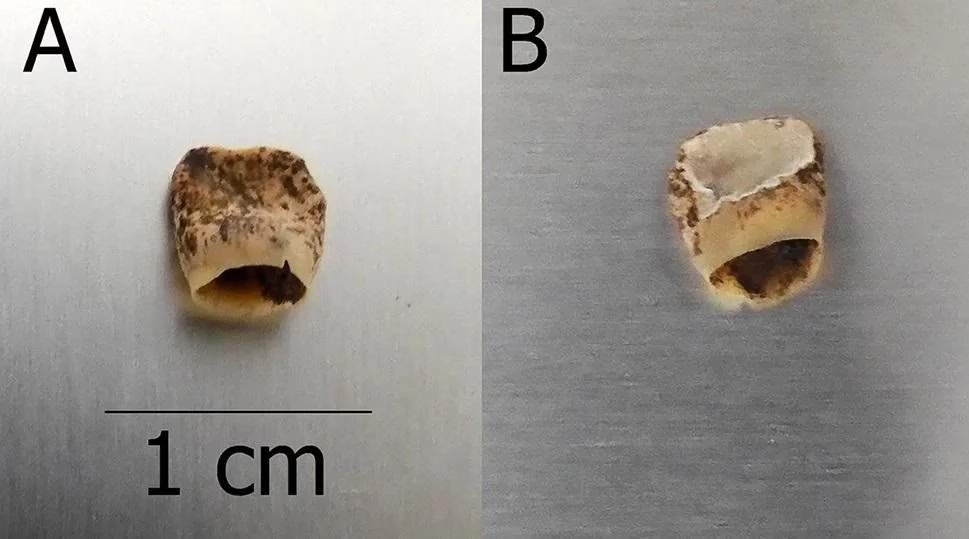An extraordinary archaeological discovery in Aalst, Belgium, sheds new light on the lives of medieval sex workers, revealing a forgotten story of motherhood and care in the unlikeliest of places — a 14th-century brothel.
📍 Aalst, Belgium — A recent scientific investigation into a baby’s remains uncovered at a medieval brothel site is rewriting long-standing historical narratives. Far from being abandoned or ignored, the child had been breastfed and cared for — offering rare and deeply human insight into the daily lives of women who lived and worked in society’s most stigmatized spaces.
A Baby Nurtured, Not Abandoned
The baby’s bones were first discovered in 1998 during excavations in Aalst. The architectural features and artifacts on site identified the building as a 14th-century brothel. What surprised researchers most was the discovery of a single infant burial — highly unusual for the period, as medieval burials typically occurred in churchyards or cemeteries.
Now, a study published in 2025 in the Journal of Archaeological and Anthropological Sciences has provided groundbreaking analysis through ancient DNA (aDNA) and stable isotope testing. The findings confirmed the baby’s sex, lineage, and crucially, that the child had been breastfed prior to death.
This challenges the deeply entrenched assumption that infants born to sex workers in the Middle Ages were routinely abandoned or killed due to stigma and poverty. Instead, this burial points to active maternal care — and potentially even communal support.

“There Was Room for Care, Even in a Brothel”
Lead researcher Dr. Maxime Poulain, an expert in medieval bioarchaeology, emphasized the broader significance of the discovery:
“This child’s story shows that even within the context of a brothel, there was space for motherhood and compassion. The burial wasn’t hidden or shameful — it occurred within a community of women who lived and worked there.”
Rather than reinforcing the image of brothels as places of social abandonment, the site suggests a more nuanced reality. Women in such environments may have formed bonds, supported each other, and even raised children — complicating modern assumptions about medieval sex work and marginalization.
Bioarchaeology Gives Voice to the Forgotten
Written records from the medieval period often ignored or vilified sex workers. But through modern bioarchaeological methods, researchers can recover the lost voices of history’s marginalized — including women, children, and the poor.
This rare case marks one of the first times breastfeeding has been directly observed using biomolecular evidence in medieval archaeology. It opens the door for reevaluating long-held beliefs about gender, family, and care in pre-modern societies.
More Than a Burial: A Shift in Historical Perspective
The discovery doesn’t just tell the story of one infant — it demands a broader reassessment of how medieval urban life functioned at the edges of society. It also illustrates the importance of approaching history with both scientific curiosity and human empathy.

The brothel site in Aalst continues to yield valuable insights into medieval urban structures, social networks, and the everyday realities of those often left out of the historical record. And this single child — laid to rest among the women who likely cared for him or her — adds a surprising and powerful layer of tenderness to the historical narrative.
Poulain, M., Bon, C. & Palmer, J. (2025). Born in a brothel: new perspectives on childcare with medieval sex workers. Archaeol Anthropol Sci 17, 105. doi:10.1007/s12520-025-02218-2
Cover Image Credit: French prostitutes being taken to the police station; painting by Étienne Jeaurat. Credit: Public Domain





